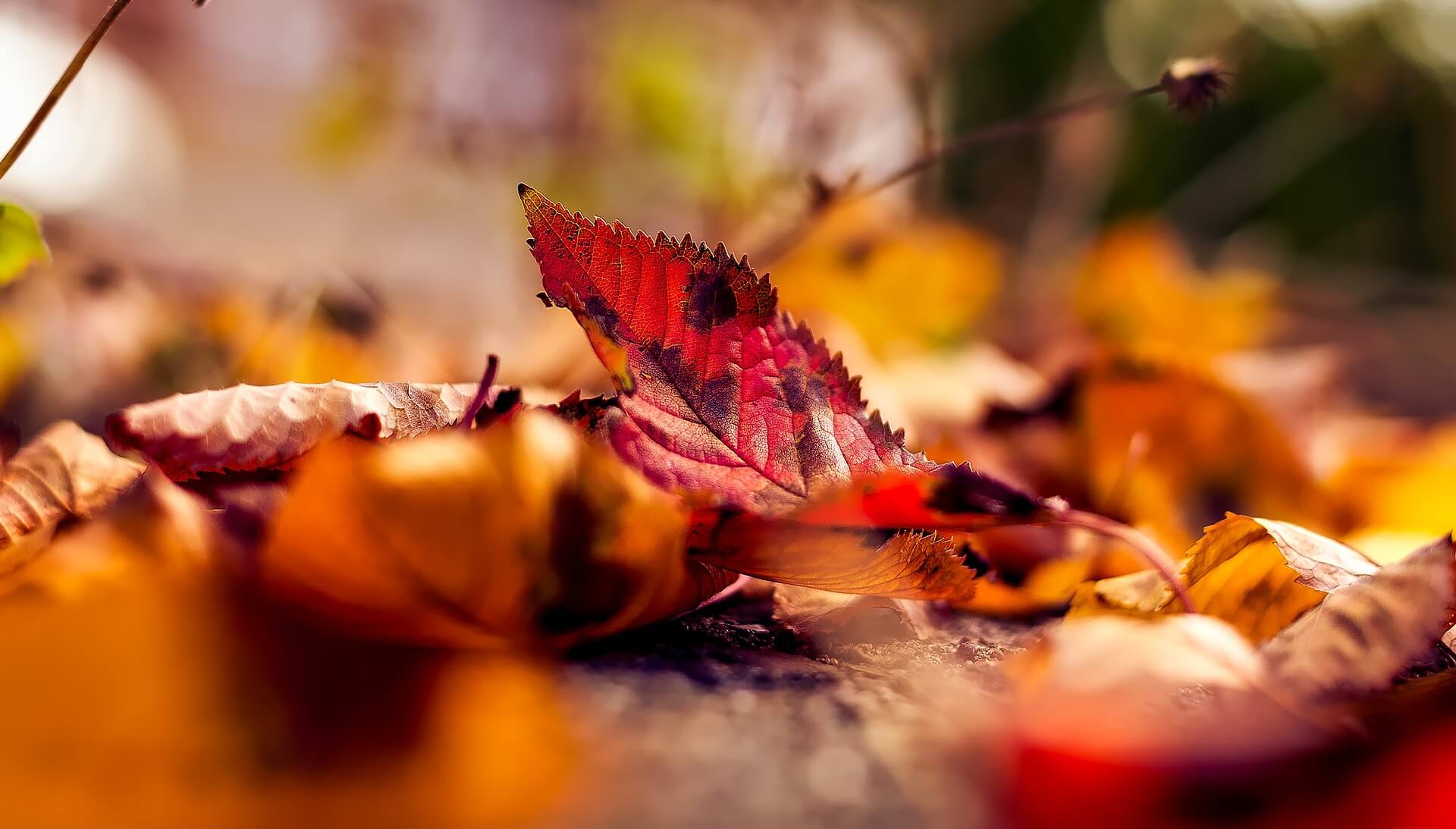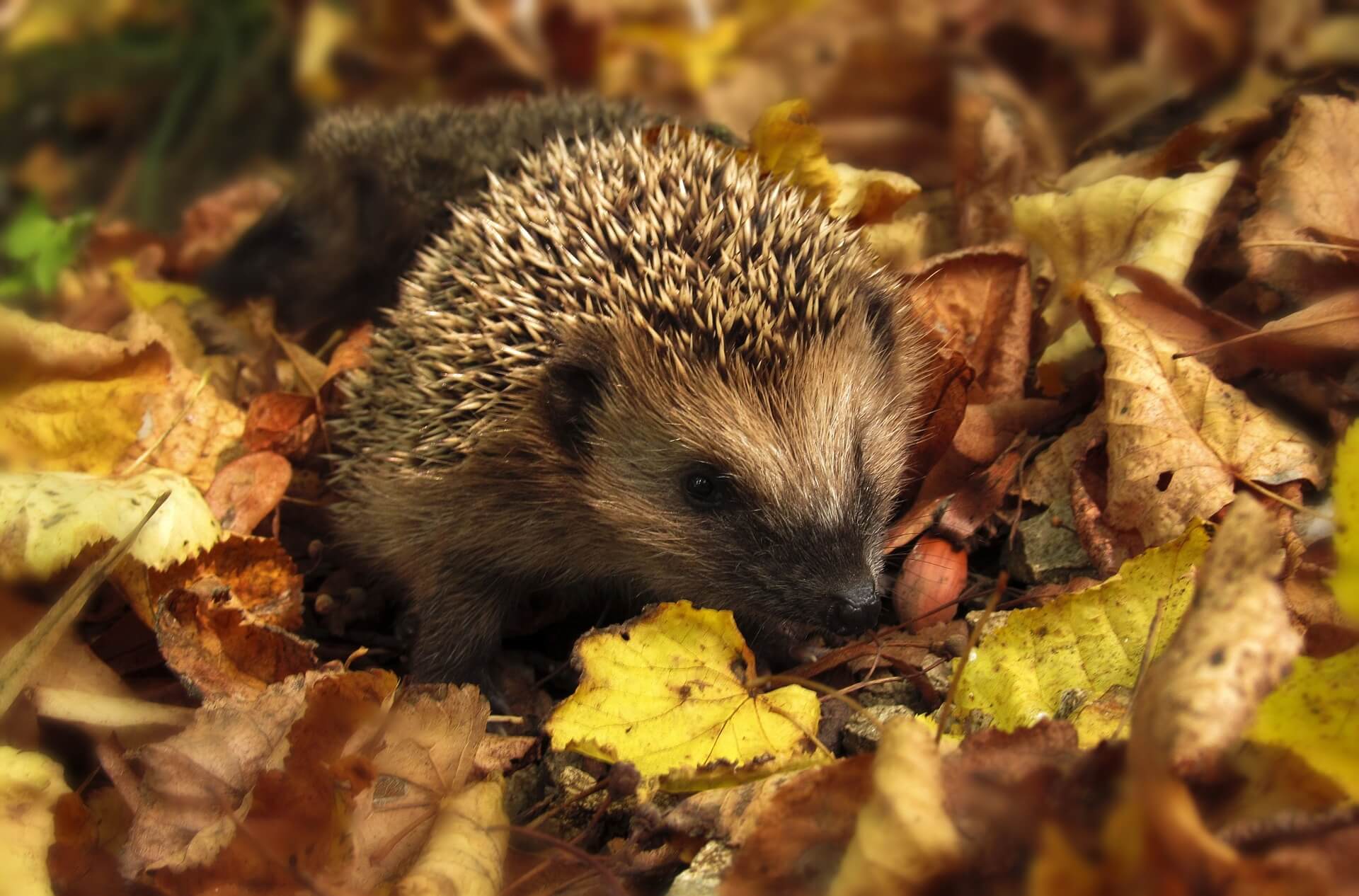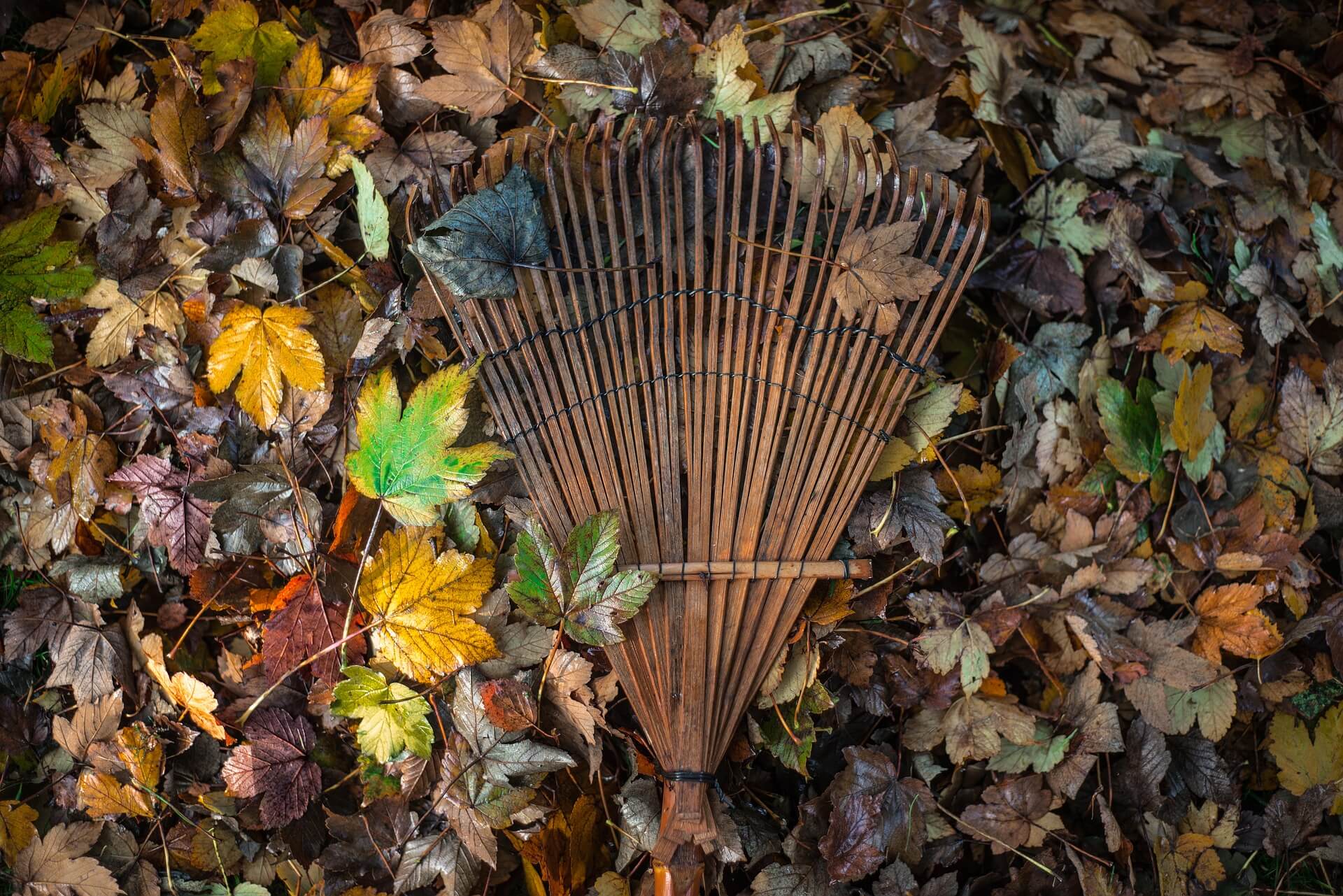
As anyone with deciduous trees in their back garden will know, autumn can be a beautiful, but laborious, time of year. As the foliage turns to stunning shades of reds and yellows, it begins to drop, and drop… and drop. Learning how to deal with falling leaves is a challenge every gardener must face, so to help out we’ve rounded up the best tips for you.
Why do you need to sweep up leaves?
Fallen leaves can smother the lawn, suffocate plants and introduce diseases into the soil. If you can’t see the top of the blades of grass, or if over a third of the lawn is covered, then it’s time to clear away the leaves.
Remember leaves will continue to fall throughout the season, so it’s worth planning a day to clear up the leaves every few weeks until winter.
Are leaves good for wildlife?
Some creatures do like to use fallen leaves as shelter, particularly worms and other insects. So it’s good to do your bit for the local wildlife and leave a small patch of leaves undisturbed.

Is it OK to mow over leaves?
Yes, mowing over leaves can help to shred them and make them easier to mulch. But heavy falls and wet leaves can be tough to mow.
Watch out for pine needles
Pine needles will decompose into an acidic mulch, which is only suitable for certain plants. So it’s worth sweeping these up and bagging them separately from the leaves for later use. Helpfully, pine needles usually drop first.
How to clear up fallen leaves
- Rake the leaves into piles. You can use a leaf blower to help create rough piles first (or blow the leaves straight back into woodland).
- Rake the piles onto leaf bags or a sheet and gather up. The folding Leaf Eazi Leaf Collector is a great tool for this.
- Drag these bags off the lawn and store for later use.
A leaf vacuum is another useful tool for collecting autumn leaves. Look for one with a shredding function to make disposing of the leaves even more efficient.

Should you rake wet or dry leaves?
You can rake up leaves when they are wet or dry. If they’re wet, they’ll form a more grabbable solid lump, but be much heavier to move. Beware wet leaves can also contain mould or mildew, which can set off allergies. To use a leaf vacuum the leaves will need to be dry.
What do you do with leaves after you rake them?
The best thing to do is turn fallen leaves into compost. This saves waste and returns the nutrients back to your garden. Firstly, make sure you remove diseased leaves from the pile and bin them to avoid spreading the infection. If you can, shredding the remaining leaves will help speed up the decomposition process. Then put the leaves onto the compost heap to biodegrade. Use the fresh compost on your flowerbeds the following spring!
Are leaves good for garden soil?
You can mulch some of the leaves directly into the lawn, provided there is not too thick a layer, and send their goodness straight into the soil. You need to see at least half the grass through the leaves for this to work. Start by aerating the lawn. Then chop the leaves into small pieces using a lawn mower. As the leaves mulch, they will decompose and their nutrients will run straight down into the soil.

If you have plants that like a lot of mulch (like shrubs, garlic and roses) you can make the mulch and then rake it straight onto the flowerbed. The best time of year for mulching is in the autumn, to help protect your plants over the winter frosts.
Help for dealing with falling leaves
If all else fails you can hire a professional leaf cleaner. But clearing up the leaves is a rewarding task, and with the help of our leaf collectors, should be done in a breeze!
–
George works in the Primrose marketing team. As a lover of all things filmic, he also gets involved with our TV ads and web videos.
George’s idea of the perfect time in the garden is a long afternoon sitting in the shade with a good book. A cool breeze, peace and quiet… But of course, he’s usually disturbed by his energetic wire fox terrier, Poppy!
He writes about his misadventures in repotting plants and new discoveries about cat repellers.